No matter where I roam – from the wild Yukon, to the jungles of Guatemala, to the teeming backstreets of Hong Kong, at about ten in the morning a small spark of thought springs to life in my head. “Hey”, I think, “it’s about time for coffee.”
The thought is tentative at first, but over the next half-hour, it becomes a roaring demand that must be obeyed – without delay or excuse. For me, at this time… it’s coffee or die. Thankfully – glorious, life-giving coffee – is available in any civilized place, which, I believe, is the main reason I’m not dead yet.
As “life insurance”, I generally set out in the morning with my battered blue L.L. Bean thermos full of a sturdy brew.
Now I’ve been drinking coffee since I was a fifteen-year lad at boarding school. I remember the first time I drank it; my parents had sent me a 2 oz jar of Chase and Sanborn Instant Coffee in the mail. Somehow, I felt I’d suddenly come of age.
At the first opportunity I filled my favourite mug with water. Then, following instructions to the letter, I used my contraband immersion heater to bring it to a “rolling boil”. So far, so good. Then, continuing as instructed, I deposited one carefully-rounded teaspoonful of this precious substance into the cup. I noted its dusty texture.
This prosaic brew at four in the afternoon produced an agreeable buzz that coursed through my system for hours.
Indeed, I felt I’d stumbled across something rather valuable. I felt a good deal smarter, more energetic and cheerful than I’d been half an hour before. Coffee and I, no doubt, had a promising future together. For some reason I wondered if I should keep this wonderful knowledge to myself.
For many years thereafter, I took coffee for granted; it was cheap – ten cents a cup – and ubiquitous. Some was rich and excellent, of course; some was complete swill. Through the years the profile of coffee in our lives has assumed enormous proportions – it’s become a culture unto itself. I saw a mug recently declaring “COFFEE IS GOD”. This, of course, is nonsense, but coffee is undeniably the object of widespread veneration in the 21st century – drinking coffee seem a sacrament of sorts. This may be why people don’t balk at its ferocious price increase through the years.
A few historical details may interest you. The word “coffee” entered the English language in 1582; it was derived from the Dutch koffie and before that, the Turkish khave, and the Arabic qahwaa. Just for fun, I think I’ll try tossing these words around next time I’m in Starbucks. Something like,
I’ll have a tall venti tutti-frutti latte qahwaa, please. This is bound to make the barista’s day.
As far as we know, drinking coffee as a stimulating beverage began in Sufi monasteries of Yemen in the 15th century. Sufism, you’ll remember, is a Muslim mystical philosophical and literary movement stressing individual communion with the Divine. Sounds like coffee would fit right in.
By the 16th century, coffee drinking had spread through other parts of northern Africa, to the Middle East and Persia. From there it gradually spread to Europe, India, SE Asia and the Americas. Until the early 18th century coffee production and consumption were confined to the Islamic world. After that, European traders spread the knowledge of coffee wherever they went.
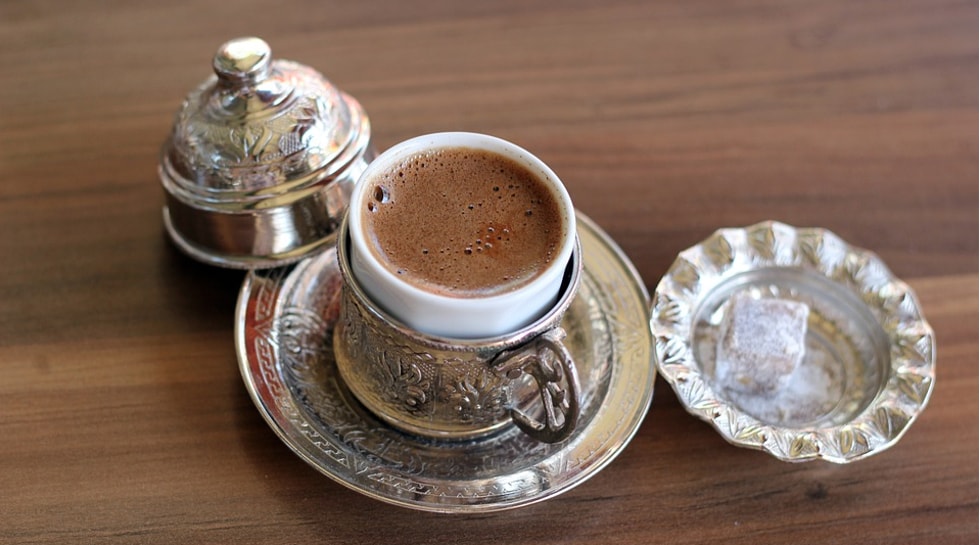
Today, about 60% of North Americans are daily coffee drinkers, averaging 3.5 cups a day. Amazingly, coffee is the second most valuable commodity overall in the world, after petroleum – and it’s the largest-value food import to the U.S.
As a physician, I’ve always been interested in the health effects of coffee-drinking. As long as I’ve been paying attention to coffee – over fifty years now – I’ve been told coffee causes a host of ills – heartburn, ulcers, high blood pressure, anxiety, cancer and so on. Many good studies have been done on the effects of coffee, and we know more about it now than we ever did.
A large 2014 British study found that coffee drinking (4 cups/day) reduced the chance of dying of any causein a year by 16%, over people who did not drink that much coffee.
Moreover, those who drank at least three cups a day had a reduction in cardiovascular deaths of 21%.
This may only mean that when you’re busy drinking coffee, you’re not out, say, shovelling snow.
After reviewing the available evidence, I believe the consensus of the scientific community is, if you’re a healthy person to start with, moderate coffee consumption won’t hurt you and is somewhat beneficial over all. I sincerely believe coffee has been a great boon in my academic and professional careers, as well as keeping me alert at the wheel. So, with a nod to Bobby McFerrin, I’d say, “Don’t worry…be happy…drink up.”
The coffee universe is unlimited; I’ve chosen a few features that may interest you. Some may term them “trivia” – I prefer to think of them as “potentially useful conversation-fodder”. And you can’t have too much of that.
- 98% coffee is water, and water quality (hardness, aeration, chlorine) markedly affects the final product. Starbucks takes steps to optimize water quality.
- A pound of coffee beans produces 48 cups of liquid coffee. Good quality coffee at home costs about ten cents a cup to make, excluding the cost of cream, sugar and energy.
- The most expensive coffee in the world ($643/lb) is Panama Geisha. It’s too expensive to be found in cafes.
- The most expensive cup of coffee ($90) is Kopi Luwak, made from the droppings of the Asian palm civet fed on coffee “cherries”. It is also waggishly termed “cat-poop coffee”. It’s available, I’m told, at La Cuisson Cafe in Vancouver, for $60 a cup. You’ll never see me there.
- Instant coffee (gasp!) was invented in 1881, by Frenchman Alphonse Allais. The Nescafe brand was launched in 1938. About 50% of the world’s coffee harvest is turned into “Instant”. It has a smaller environmental footprint than regular coffee – much less clean-up. It’s interesting to note that 75% of coffee purchased in British groceries is “Instant”. In Italy it’s 1%. Make of that what you will.
- Starbucks facts: The company was founded in Seattle in 1971. The logo is a seductive “Siren” taken from a 16th Nordic woodcut. It now has 26,000 outlets worldwide. Revenue in 2016 was $22.3B. The name was taken from the first-mate in Moby Dick. No one knows why there’s no apostrophe. This annoys me and every other apostrophe-activist.
I love good coffee, but “coffee-snobs” give me a royal pain. In case you’re wondering where I invest my coffee dollar, the answer is (resoundingly) – McDonald’s Seniors’ Coffee. Note the apostrophes.
Where I live, Seniors’ Coffee it’s $1.25, and one refill is included. Experts rate it at 3.5/5 stars, and I find it perfectly agreeable. Call me crazy, but as I’ve travelled the world, I’ve noted the price of this product.
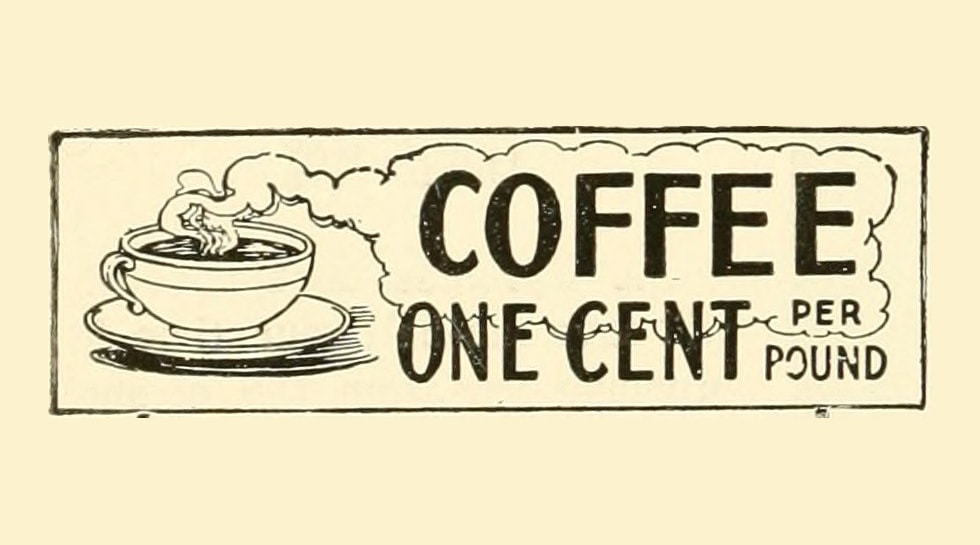
The cheapest I’ve found is in tiny Primm, Nevada (pop 1200), where its forty-nine cents. Is that great, or what? And if that makes me an inverse coffee snob – so be it.
Cheers!

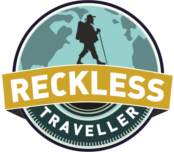
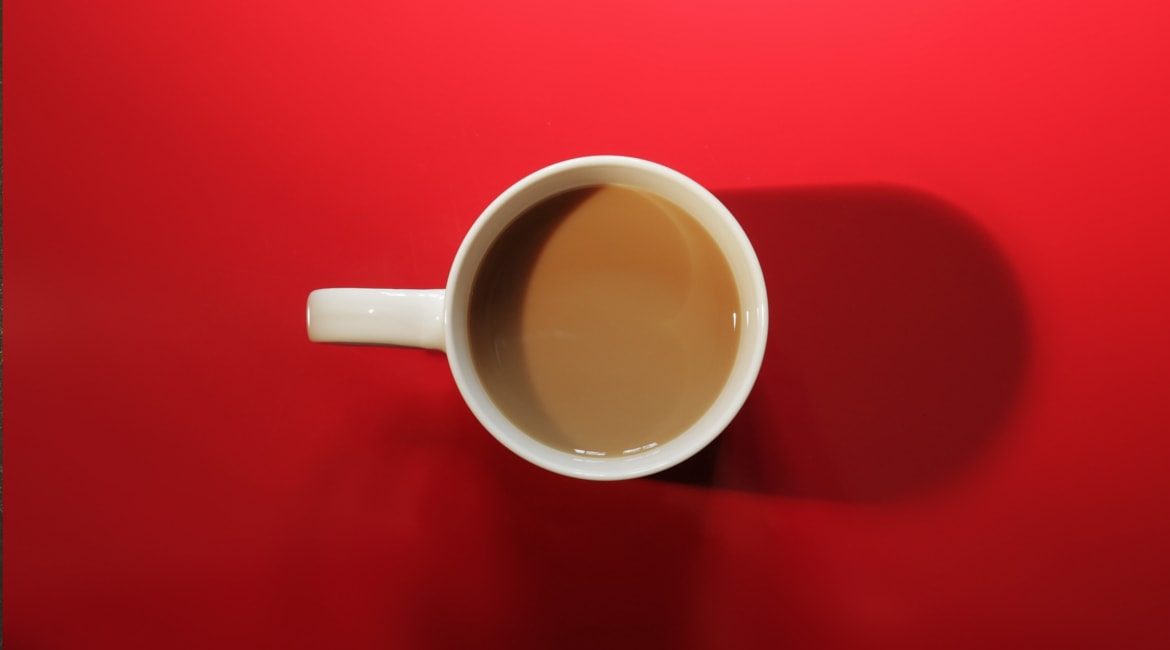
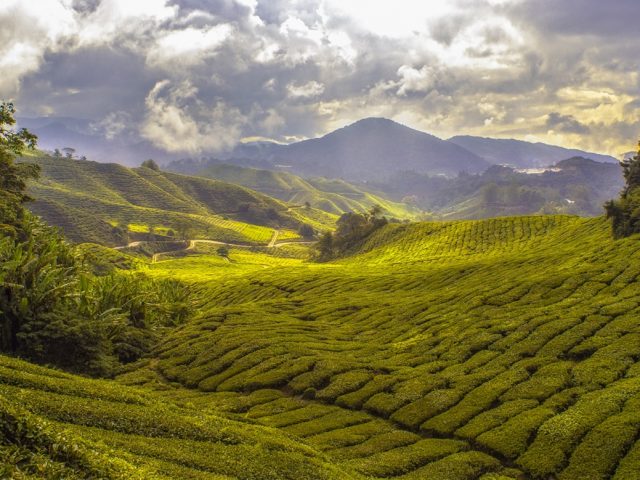
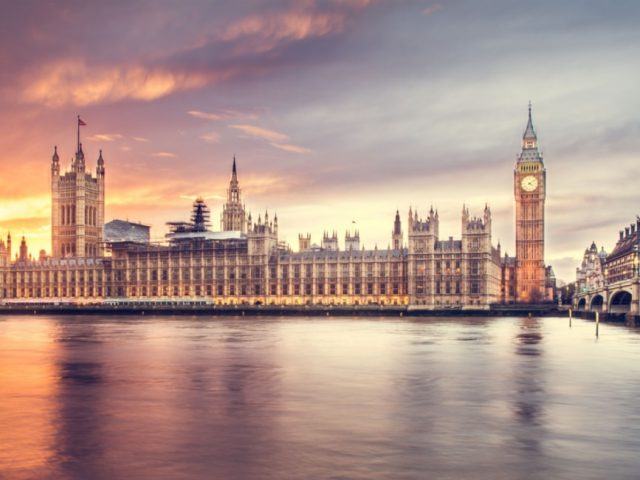
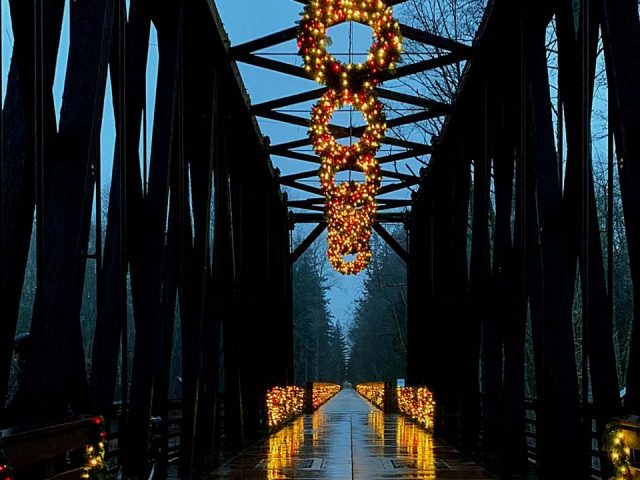
Facebook Comments